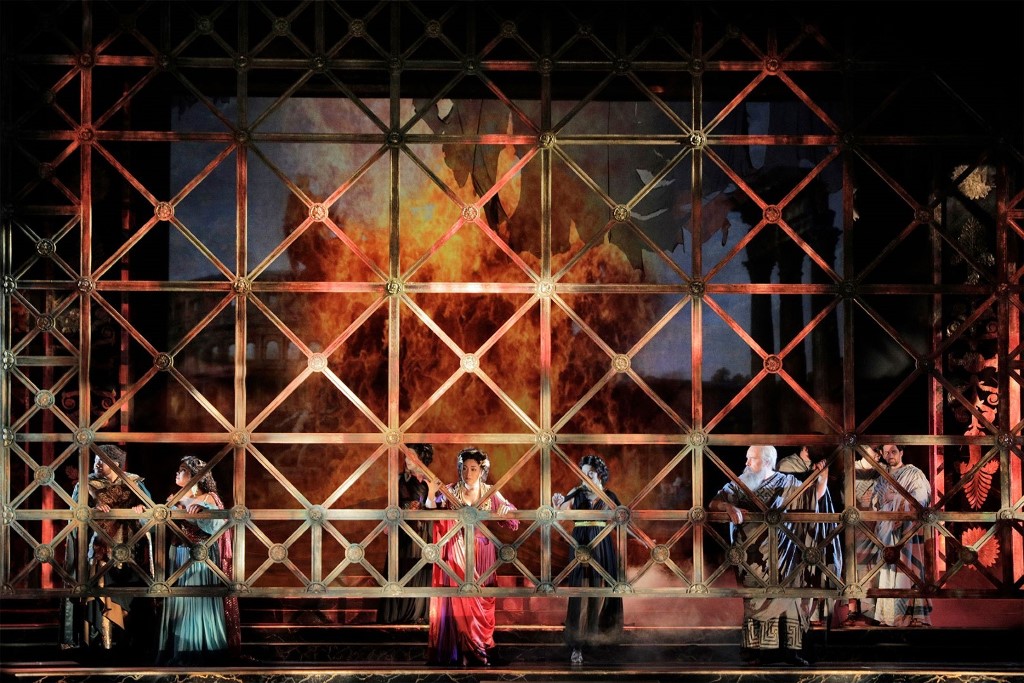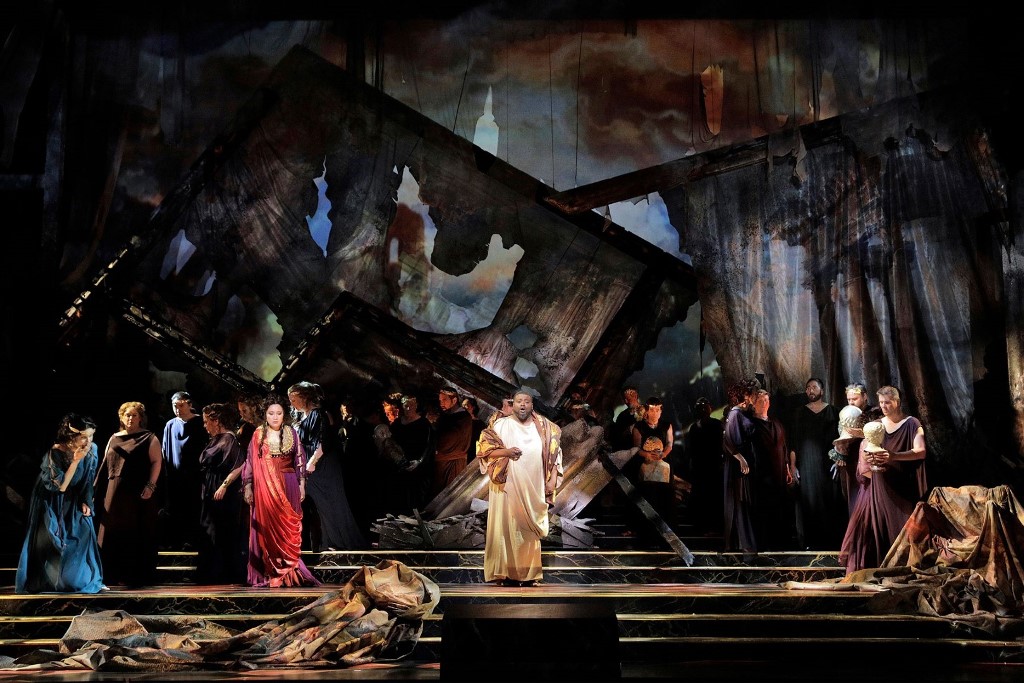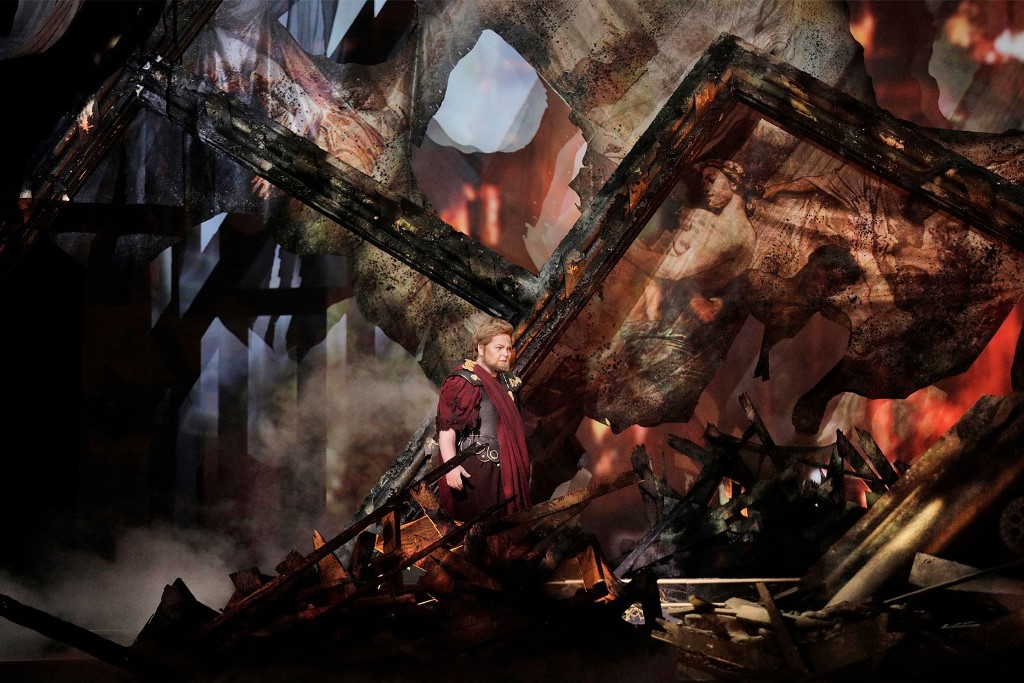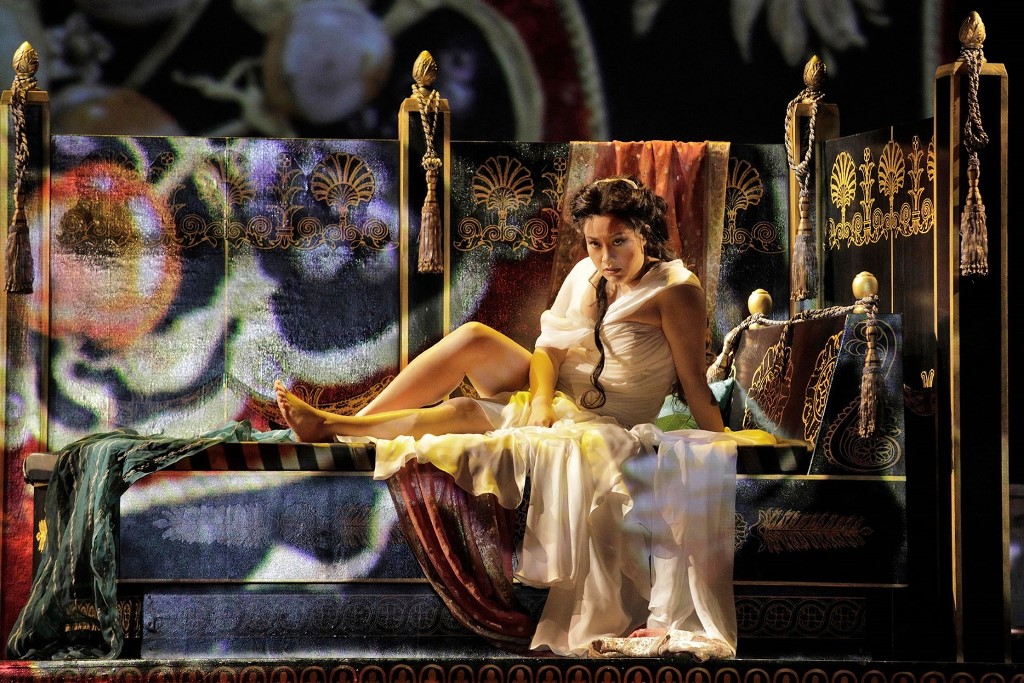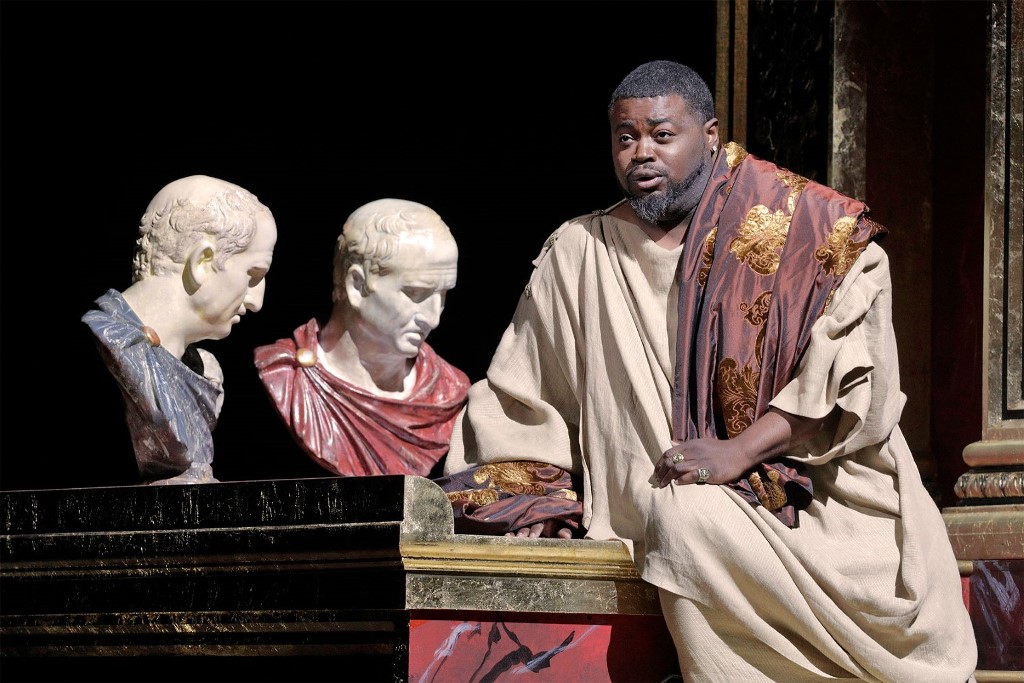Ancient Rome Is New Again in L.A. Opera’s ‘Clemenza di Tito’
/By Truman C. Wang
3/4/2019
Photo credit: Cory Weaver / LA Opera
Let me just cut to the chase and say LA Opera’s first-ever staging of Mozart’s La Clemenza di Tito is not only the finest production of the current season, but also of the opera in more than 100 years.
A couple of myth busters first. One – Mozart did not write Tito simultaneously with the Magic Flute; the latter was 99% finished with the 1% written in the final rehearsal. Two – the opera’s Prague premiere at the coronation of Emperor Leopold II on September 6, 1791 was not a total success. (The Empress Maria Theresa called it "a German mess", apparently not knowing Mozart was Austrian.) The opera only became popular later, thanks to Mozart’s widow Constanze’s efforts and business acumen. Then it dropped out of fashion, together with the whole opera seria genre, in the 19th-Century. The early 20th-Century revivals were all heavily cut. (The recitatives, not composed by Mozart, were the first to go.) A 1949 Salzburg production even ‘improved’ the score with music from Idomeneo. The landmark 1974 Covent Garden production, the 1982 Ponnelle production at the Met, etc. all suffered large cuts especially in the recitatives. The 1997 Glyndebourne production fared better, but not without problems (its new staging, twenty years later in 2017, was musically sound but visually impaired.)
With the new Tito, LA Opera can finally boast it has done it, and also done it right. The cut recitatives have been thoughtfully restored: Sesto’s account of Tito’s character and citation of his famous utterance (“Amici diem perdidi”) and, later, the imperial contribution to the Vesuvius Relief Fund. These recitatives may be musically undistinguished, but they serve to delineate the characters, and create situations that are then explored in the musical numbers. Moreover, they provide noble dramatic verse for Mr. Thomas (Tito) and Ms. DeShong (Sesto) to sing with noble dramatic declamation.
The orchestral performance, under James Conlon, was on a very high level: clean, lively, and well balanced. His tempi were convincingly chosen: Each number was given its distinct musical character, including the expressive clarinet solo in “Parto” and the basset-horn solo in “Non Piu di Fiori”. The singing was equally commendable. Soprano Guangun Yu’s Vitellia was vivid in her recitatives but bland in her acting, needing more manic energy in her vengeful outbursts, but delivering a poignant, remorseful “Non Piu di Fiori” at the end. Mezzo-soprano Elizabeth DeShong was a magnificent Sesto, singing with large-scale emotions. Many a Tito I’ve heard has been defeated by the coloratura of the emperor’s final aria, “Se all’impero”. Tenor Russell Thomas is an exception. He sang the aria and the dramatic scene preceding it in the grand manner of a belcanto heroic tenor (more Rossini’s Otello than Verdi’s). James Creswell is a magisterial Publio. As Servilia, Janai Brugger’s lush, creamy soprano soared impressively in "Ah Perdona Al Primo Affetto" and "S'Altro Che Lagrime" – reminding me of a young Leontyne Price (whom I met one time at a San Francisco Tower Records CD signing, what a great lady!)
Visually, the LA Opera production is a stunner. The grand mise-en-scène of Thaddeus Strassberger, dramatic lighting of JAX Messenger, and brilliant costumes by Mattie Ullrich all come together to evoke the classical grandeur of ancient Rome (or the Getty Villa in Malibu, depending on your frame of reference.) It seems every new opera production these days has a video projection designer (The Met’s 30-year-old Aida will be replaced next year with video projection.) LA Opera has Greg Emetaz and he’s wonderful. The grand Roman tapestries, the lush garden and flying white doves, the shooting flames in the burning of Rome – all memorably presented in video projection and lighting effects. Often, the scenic effects also enhance the drama: a bright spotlight in the darkest hour of Rome reveals Emperor Tito is still alive and the conspirators have failed. Two indelible images will stay with me forever: the smoldering ruins of Rome at the start of Act II (greeted by applause and gasps from the audience), and the crimson red gown with a 20-foot train worn by Vitellia with a river of red flowers descending from above.
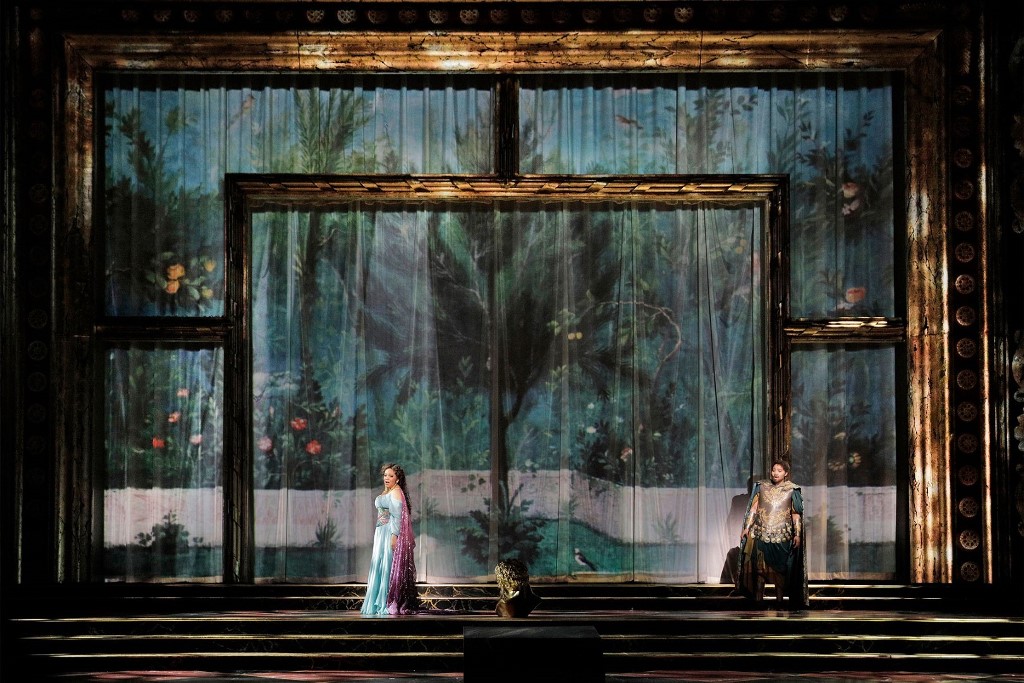
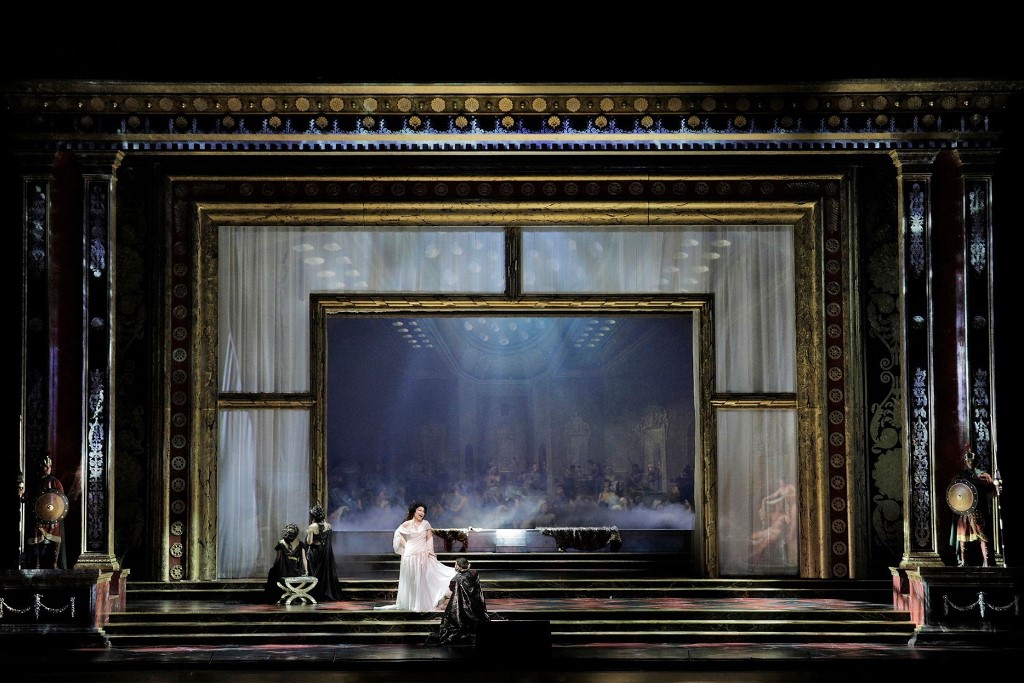

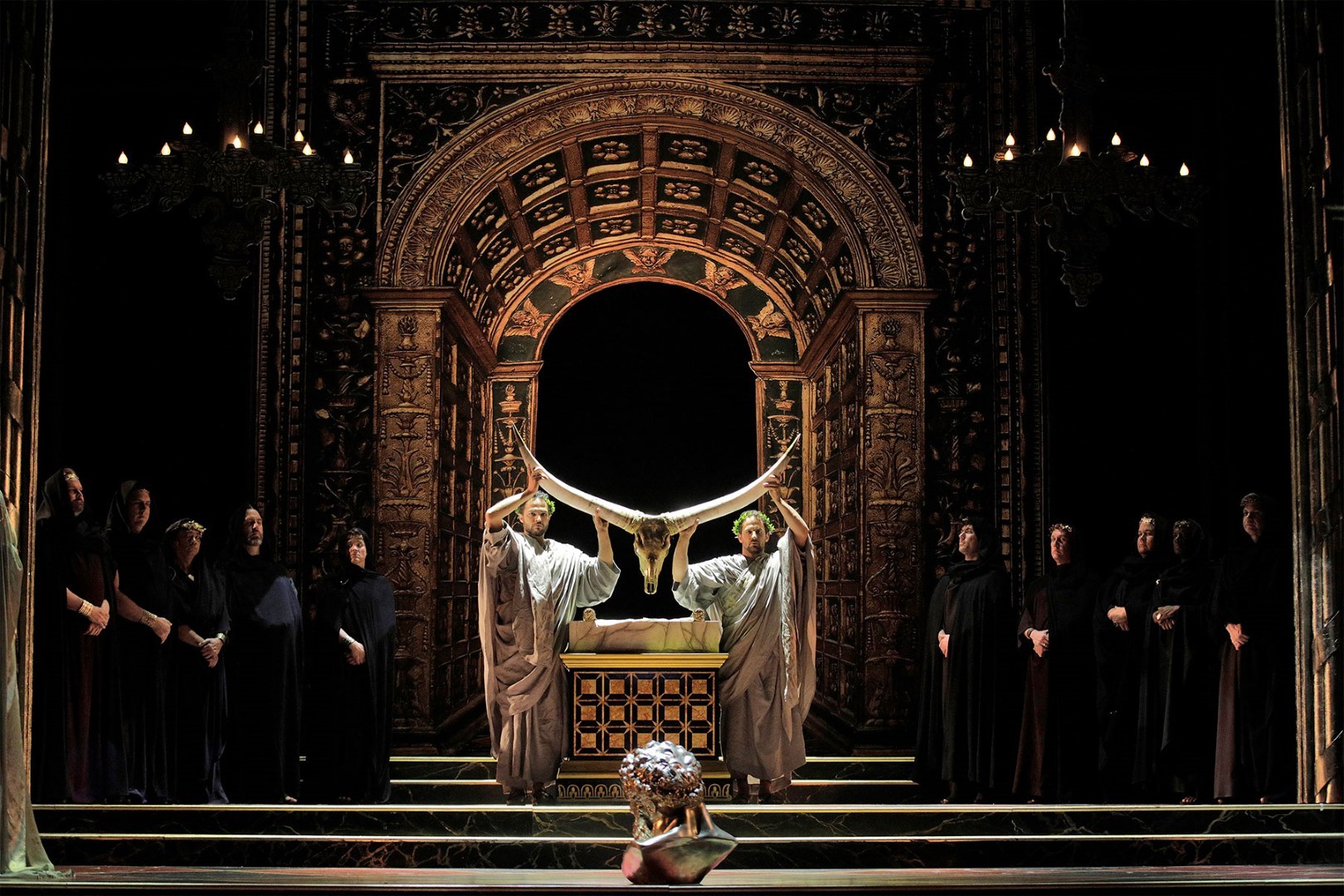
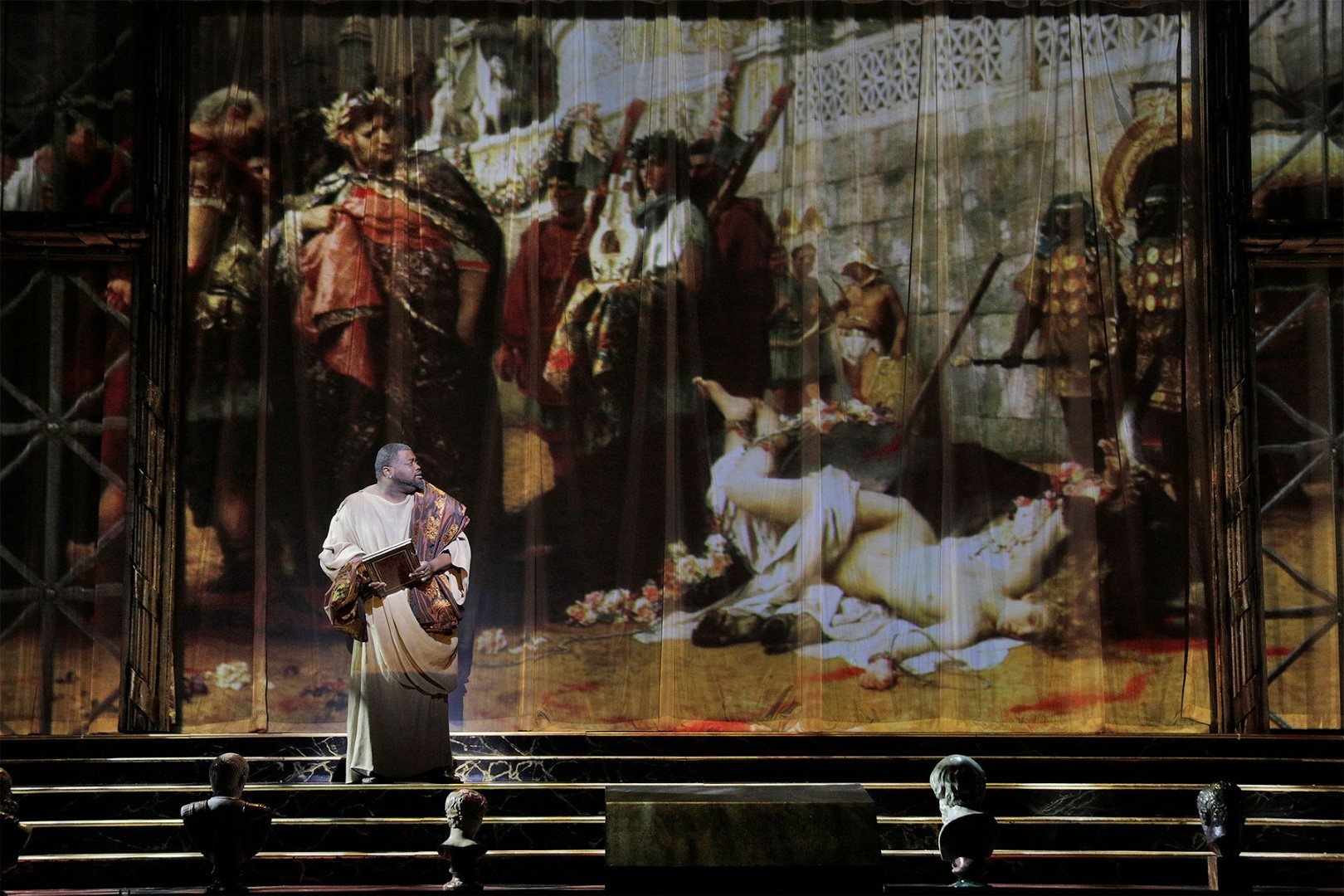
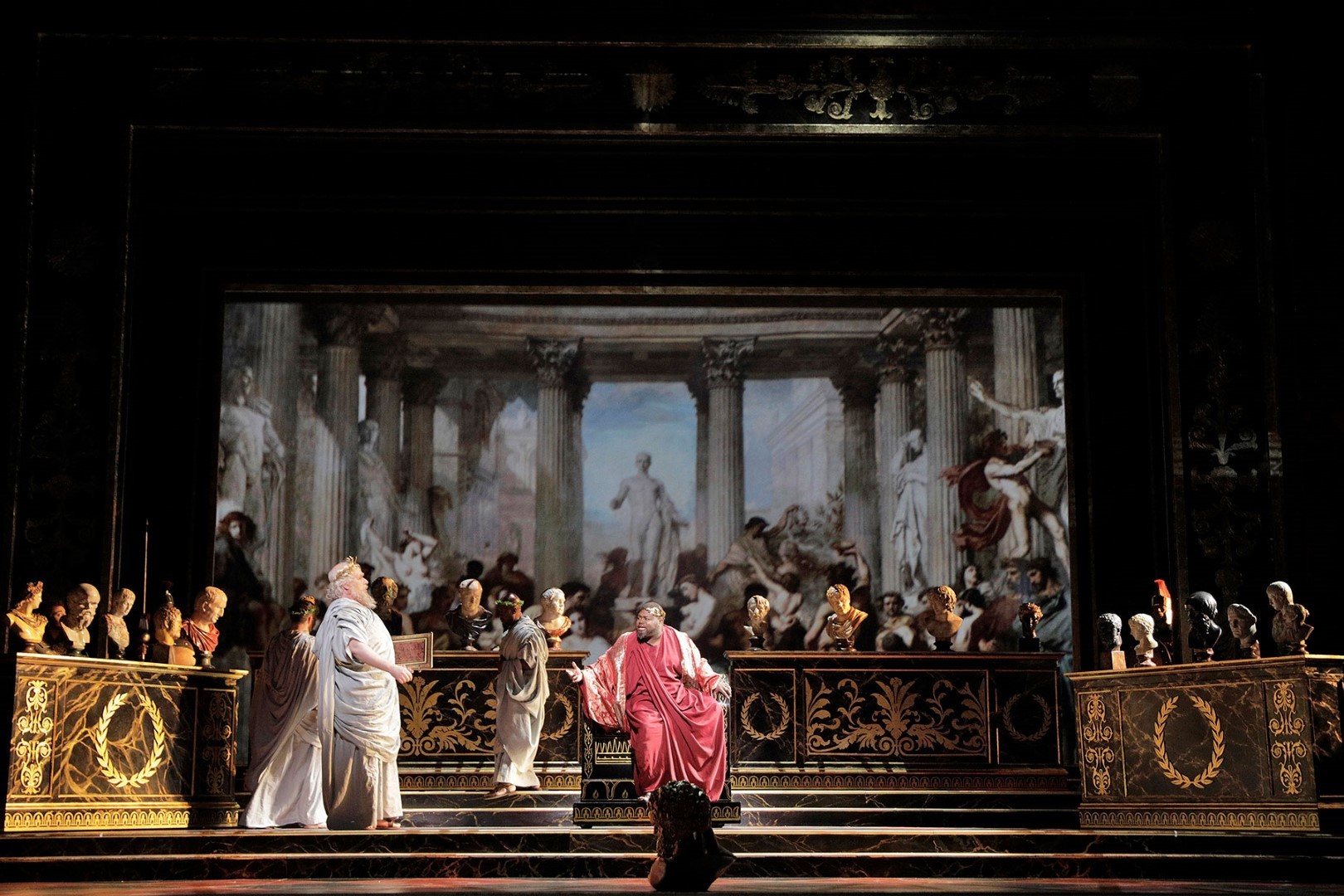
Mr. Strassberger’s direction keeps the restored recitatives lively and engaging. The activities of the royal court can be seen in the background while Vitellia and Sesto are plotting against the Emperor; Servilia pretends to be the future Empress, sitting in the throne and taunting Vitellia without revealing Tito has changed his mind; In the burning of Rome, Sesto sings of his remorse and fear while the royal guards are running about searching for the conspirators.
Go before the show ends on March 24. Additional dates for Clemenza di Tito are March 7, 10, 13, 16 and 24.
Truman C. Wang is Editor-in-Chief of Classical Voice, whose articles have appeared in the Pasadena Star-News, San Gabriel Valley Tribune, other Southern California publications, as well as the Hawaiian Chinese Daily. He studied Integrative Biology and Music at U.C. Berkeley.




